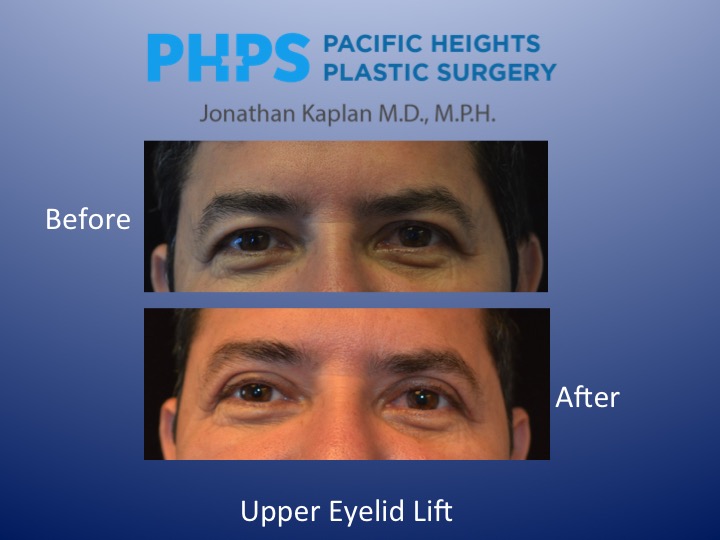
Seattle offers many options for facelifts. The Seattle cosmetic surgery center offers a range of nonsurgical treatments including microdermabrasion. Laser hair removal is also available. Spider vein treatment is another option. Combining several treatments can save you money and cut down on the number of office visits and anesthesiologist's fees. Other cosmetic procedures may be worth looking into if you are thinking of undergoing a Seattle facelift.
Mini facelift
Dr. Santos is a board-certified facial plastic surgeon and a double-board certified cosmetic surgeon. He is consistently ranked as one of the top plastic surgeons in the nation, having performed thousands upon thousands of mini-facelifts and facelifts. During your consultation, he will discuss your goals for the procedure and answer any questions you may have. To enhance the results of your mini-facelift, he may recommend dermal fillers and other rejuvenation methods.
Costs for a facelift vary depending on what type of anesthesia is used and how extensive the procedure is. There appears to be a significant geographic variation in the cost of a facelift. Dr. Ridgway should be contacted if you live in Seattle and Bellevue to schedule a consultation. Dr. Ridgway is a board-certified plastic surgeon and offers consultations. He will assess your facial structure, skin elasticity, muscle tone, as well as your facial muscles. Then, he will discuss your surgical plan. He will also answer any questions you may have about the procedure, such as insurance and financing.

Deep plane facelift
A deep plane facial lift is a procedure that removes the SMAS skin layer and creates a new plane just above the facial nerve and deeper structures. This type a facelift removes excess skin, cuts the SMAS, and releases the ligaments which hold the face together. The skin is then sutured back together and the results can last anywhere from ten to fifteen years. Deep plane facelift in Seattle is a great option for patients who want to achieve a more youthful appearance without the invasiveness of a traditional facelift.
Deep plane facelifts are a great choice for people who want a natural looking result without extensive surgery. This surgery is focused on the midface area and addresses neck aging as well as facial sagging. An expert surgeon must have a good understanding of facial anatomy. Dr. Hessler is a facial plastic surgeon with double board certification who can perform the procedure in Seattle and surrounding areas.
SMAS Facelift
A SMAS facial lift is a type cosmetic surgery that involves manipulating the muscles beneath the skin. These muscles are called the superficial musculoaponeurotic (SMAS) and they are responsible for facial expressions. The surgeon makes incisions at the hairline, just behind the earlobe. This allows the surgeon to seperate the skin from the underlying tissues. He can then tighten the skin to get it back to its original position.
General anesthesia is used for SMAS facelifts. This means that you won't feel any pain. It is important that you arrange for someone else to be with you during the procedure. This is because you cannot drive yourself home from the surgery. General anesthesia is more complicated and requires more preparation. Many patients choose to have this procedure performed in Seattle. But the risks are minimal and the benefits far outweigh them. Seattle's SMAS facelift is a great way to revitalize your facial appearance.

Endoscopic facelift
An endoscopic facelift offers many of same rejuvenating benefits and less pain than a traditional procedure. It also takes much shorter recovery times. An endoscope, a narrow, lighted tube used to reach difficult-to-reach places beneath the skin is used. These incisions are small and discreet, so the cosmetic surgeon can treat the areas with minimal scarring.
Before any type op, Dr. Santos reviews the candidate. This allows him to identify which features will need to change and which parts should be left alone. After establishing the correct criteria, Dr.Santos will devise a customized treatment plan for each patient. This may include the choice of anesthesia and where the incisions will be made. The ideal age for facelift surgery is between 50 and 65. This is when advanced signs of aging usually begin. Patients in this age group are generally in good health and have no serious health issues that could hinder their recovery.